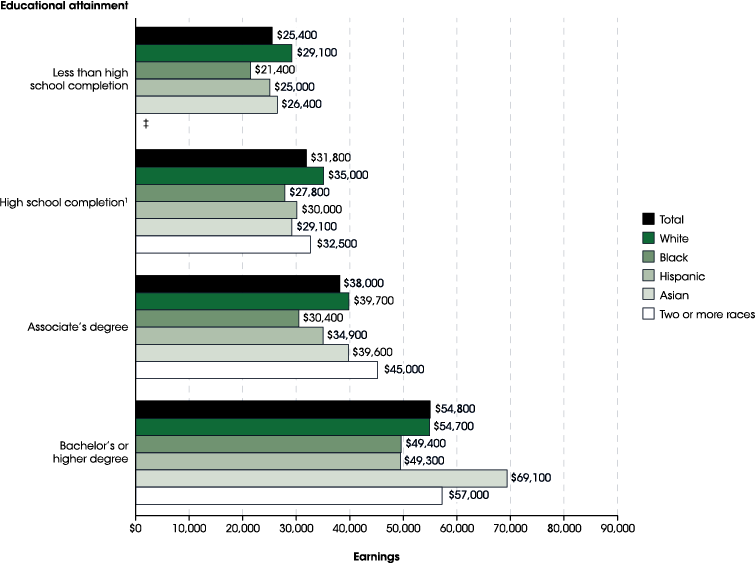Graphic design and storytelling principles
Warm-Up Exercise
Pair up with someone to discuss your visualization.
introduce yourselves
describe what you chose for your visualization (what is the data, form of presentation, and main story)
focus on whether it is effective or not using Cairo and Healey
After 5 min, switch
UNData Exercise
- What was your initial response?
- What did you find challenging/easy?
- What would you need to be able to tell a story from these graphs? What kinds of things might you want to watch out as you think about turning these graphs into a story?
Agenda
1
Storytelling Principles
2
Graphic design and CRAP
3
Review and to do
Storytelling principles
Sometimes reality is too complex. Stories give it form.
-Jean-Luc Godard
Borges said there are only four stories to tell: a love story between two people, a love story between three people, the struggle for power and the voyage. All of us writers rewrite these same stories ad infinitum.
-Paulo Coelho
Context
We need to understand our audience, and in particular their existing narratives
How do they percieve you?
What do you want your audience to know or do?
Will data help?
Dykes’ audience considerations
Key goals and priorities
Beliefs and preferences
Specific expectations
Opportune timing
Topic familiarity
Data literacy
Seniority level
Audience mix
The Nussbaumer approach
- three minute story
- big idea
- storyboarding
Dykes 3 Essential Elements
- data
- narrative
- visuals
When does storytelling make sense?
informative vs. insightful
exploratory vs. explanatory
abstract vs. concrete
continuous vs. finite
automated vs. curated
Dyke’s 6 elements
Data foundation
Main point
Explanatory focus
Linear sequence
Dramatic elements
Visual anchors
Remix exercise
audience
big idea
storyboard

National Center for Education Statistics, 2019
Graphic design and CRAP
CRAP
Use these principles as a checklist when creating and critiquing designed objects:
Contrast
Repitition
Alignment
Proximity
Contrast
If two items are not exactly
the same, make them different.
Really different.
Contrasting font type families
Serif + Sans serif Script + Serif Slab + Sans serif etc.
| Serif | Sphinx of black quartz, judge my vow |
| Sans serif | Sphinx of black quartz, judge my vow |
| Slab serif | Sphinx of black quartz, judge my vow |
| Script | Sphinx of black quartz, judge my vow |
| Monospaced | Sphinx of black quartz, judge my vow |
Contrast within family
Here’s a heading
Lorem ipsum dolor sit amet, consectetur adipisicing elit, sed do eiusmod tempor incididunt ut labore et dolore magna aliqua.
Here’s a heading
Lorem ipsum dolor sit amet, consectetur adipisicing elit, sed do eiusmod tempor incididunt ut labore et dolore magna aliqua.
Color contrast

Triad

Monochromatic

Complementary

Complementary Split
Repetition
Repeat some aspect of the design throughout the entire piece
colors
font
graphical elements
alignments
Alignment
Every item should have a visual connection with something else on the page.
Share lines and repeat alignments where possible.
Center + left is super common, but has weak contrast
Mixing left and right alignment provides stronger contrast
Proximity
Group related items together.
Use white space, color, location, contrast, repetition, alignment, etc. to make visually distinct groupings
Review and to-do
Review
1
Storytelling Principles
2
Graphic design and CRAP
To-do
1
Read
Burghart, B. “What I’ve Learned from Two Years Collecting Data on Police Killings.” Gawker, August 2014.
The Dollar and Cents Case Against Hollywood’s Exclusion of Women FiveThirtyEight, April 2014.
Ch. 4, ““What Gets Counted Counts” in: D’ignazio, C., & Klein, L. F. (2020). Data feminism. MIT press.
2
Do
Chillllllll

Econ 255 - Data Storytelling